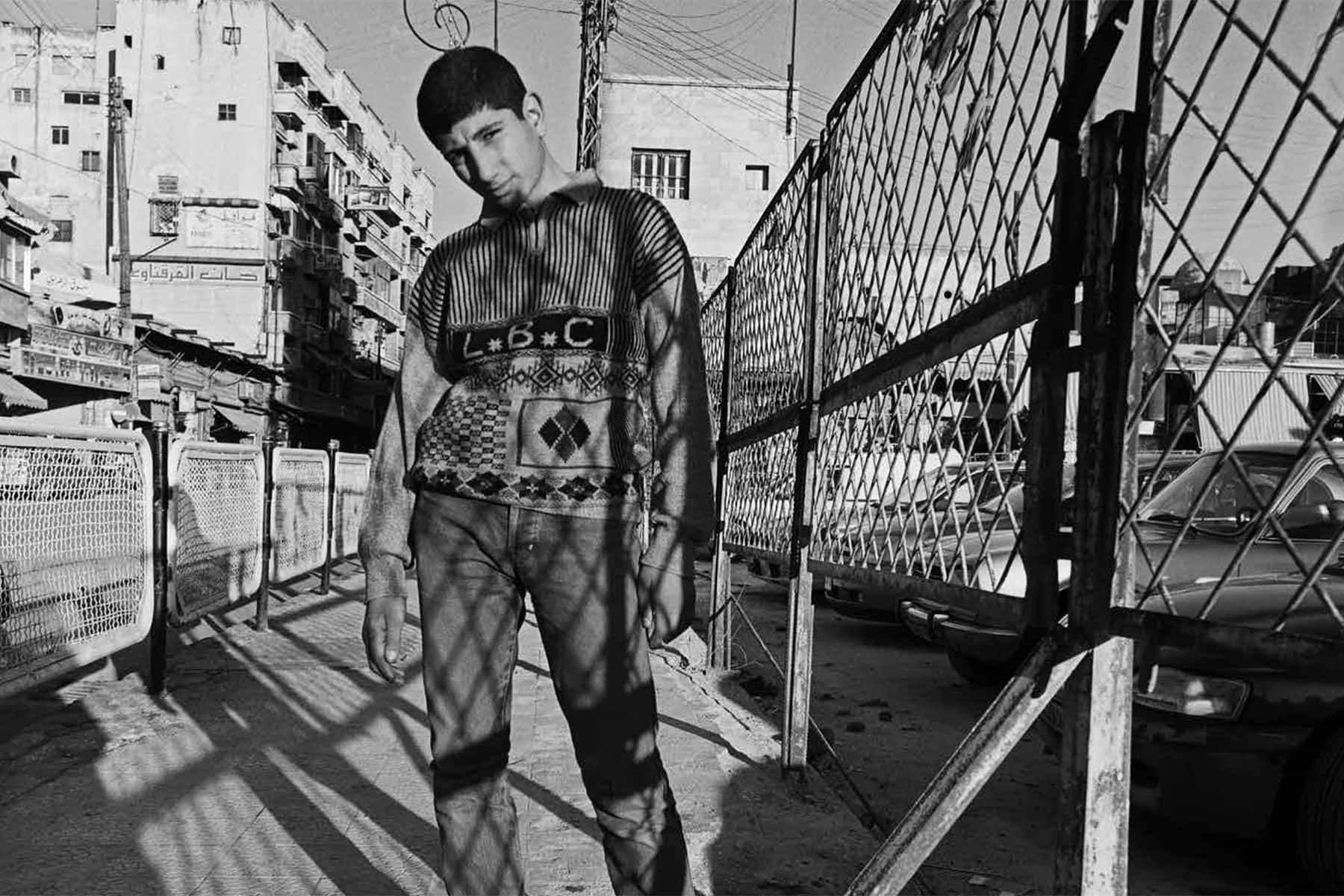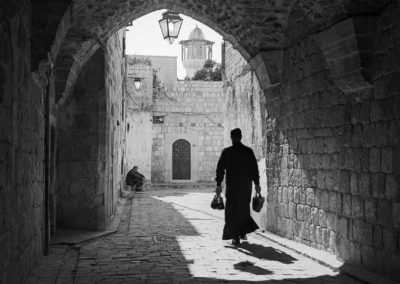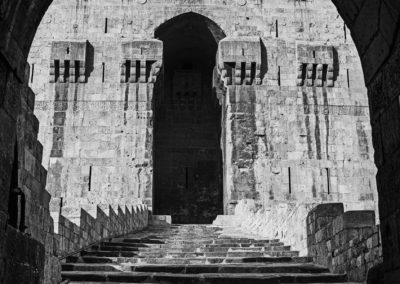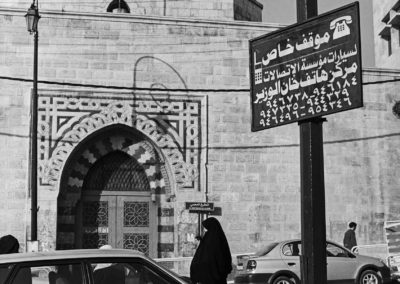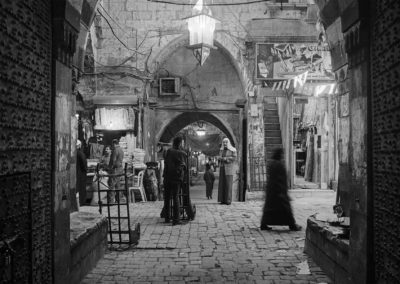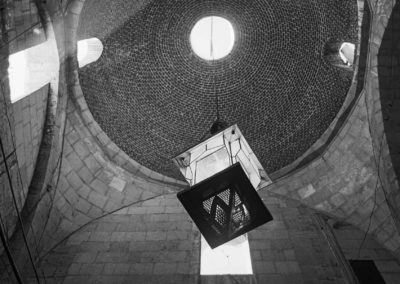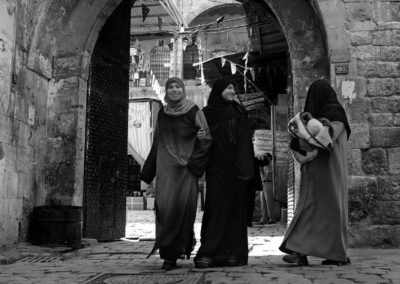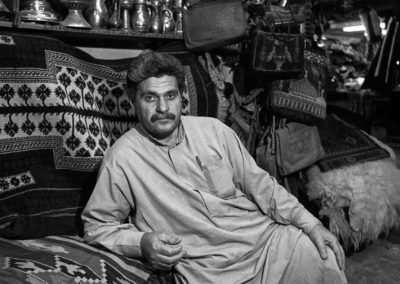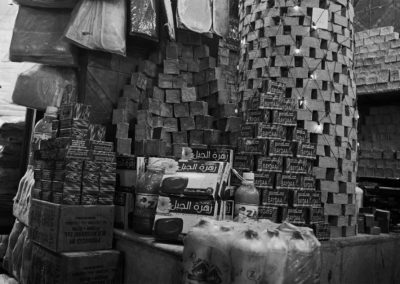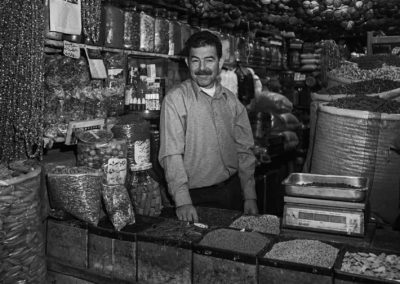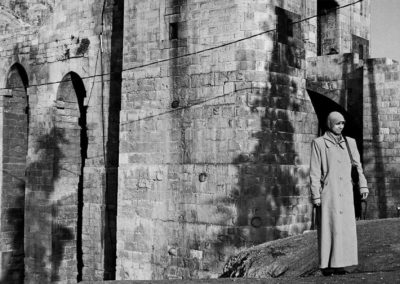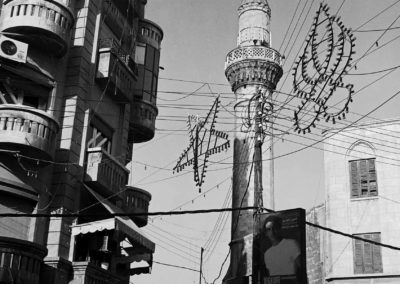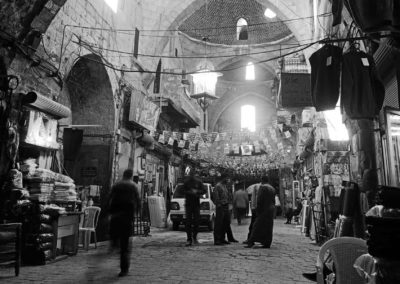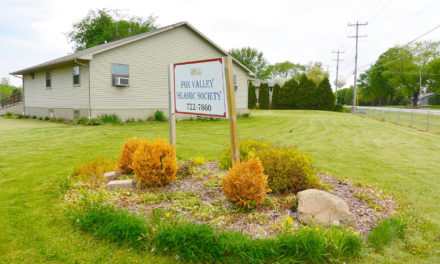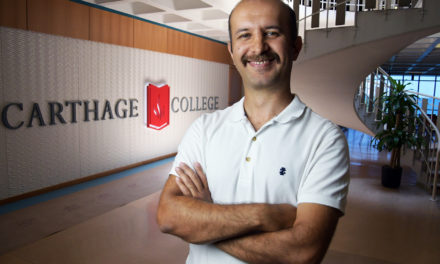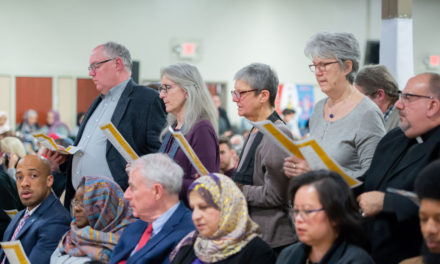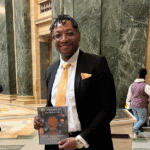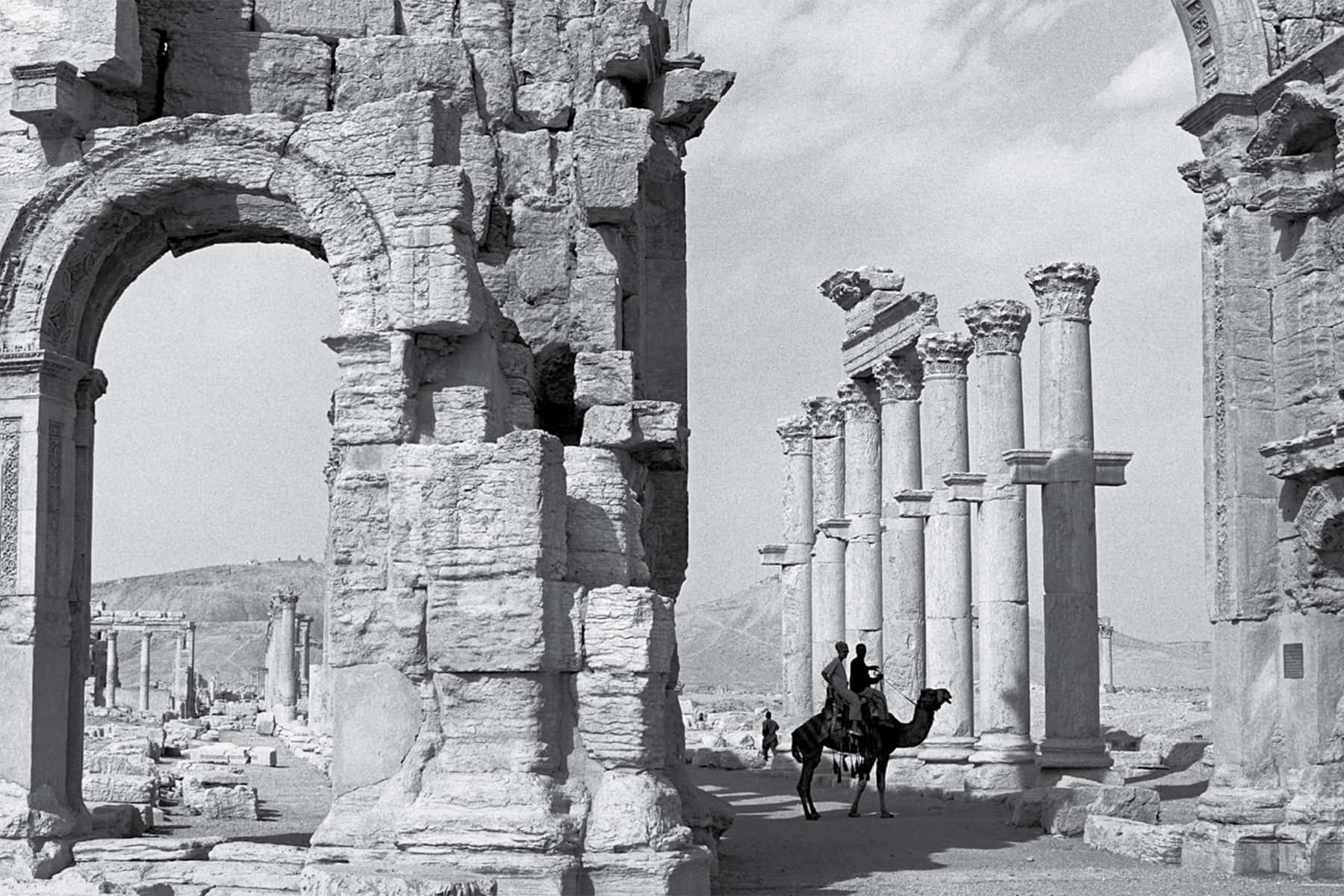
“Legacy in Stone: Syria Before War” is a collection of 100 black-and-white photographs immortalizing the ancient monuments of Syria.
Kevin Bubriski was on assignment in Syria in 2003, during the infancy of the U.S. war in neighboring Iraq. He was photographing the country’s ancient monuments, as well as documenting the daily lives and ordinary human stories of its citizens. Unbeknownst to him, within the decade, a war would break out in Syria, and destroy or damage much of what he had photographed.
Until the Syrian civil war in 2010, the Suq in Aleppo was considered to be the longest continuously inhabited place of commerce in the world, existing for well over two millennia. Bubriski photographed the Suq while it was still thriving, teeming with merchants and artisans. He also captured stunning, decisive images from the Dead Cities, the basilica of St. Simeon, the pilgrimage sites of Serjilla, al-Bara, Kharab Shams, Mushabak, Baqirha, Qalb Lozeh, Resafe, early Islamic sites near Raqqa, and the ancient Roman trade cities of Apamea and Palmyra.
The traumatic and destabilizing war that has ravaged Syria since March 2011 has strained the society’s ethnic, sectarian, and social fabric— almost everything that makes Syria a uni ed state —beyond breaking point. Much of the country now lies in ruins.
Syria’s cultural heritage has been a deliberate casualty. The nation boasts six UNESCO-designated World Heritage sites: the old cities of Damascus, Aleppo, and Bosra, the Dead Cities, Palmyra, and the Krak des Chevaliers.
The continuing violence has damaged five of them: Much of the old city of Aleppo has been razed, the Crusader castle of Krak des Chevaliers was badly scarred during efforts by regime forces to recapture it from opposition control, and the oth- ers have all been otherwise ruined by the war.
The old city of Damascus alone has been spared, suffering only the occasional stray shell. These are not the only historic locations affected: Airstrikes have repeatedly hit numerous other signi cant archaeo- logical sites, including Ebla and the Dead Cities of Shinsharah and St. Simeon.
Besides incurring collateral damage from the fighting, Syria’s cultural heritage sites have been subjected to deliberate, punitive violence. Countless antiquities and relics have been looted and destroyed in what can only be called cultural atrocities.
In “Legacy in Stone: Syria Before War,” Bubriski recalls a special sense of discovery and awe being in a place of such rich history and haunting beauty. He remembers holding his breath and seeing the ruins take shape on the ground-glass of his Hasselblad camera as he gathered and preserved these sites forever in photographs. Bubriski’s fine art photography is in permanent collections at the Museum of Modern Art, Metropolitan Museum of Art, San Francisco Museum of Modern Art, and Bibliothèque Nationale, Paris.
© Photo
Kevin Bubriski
